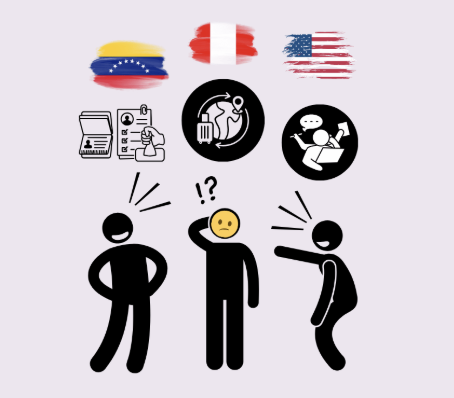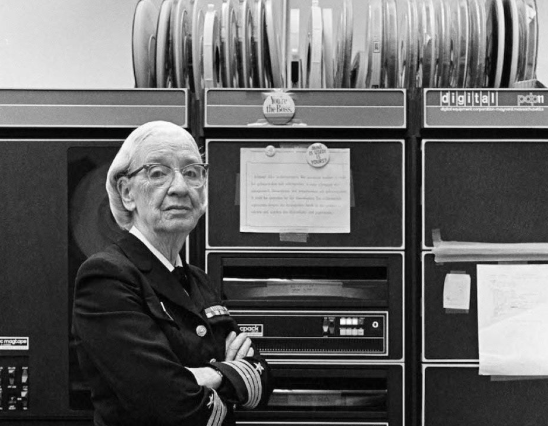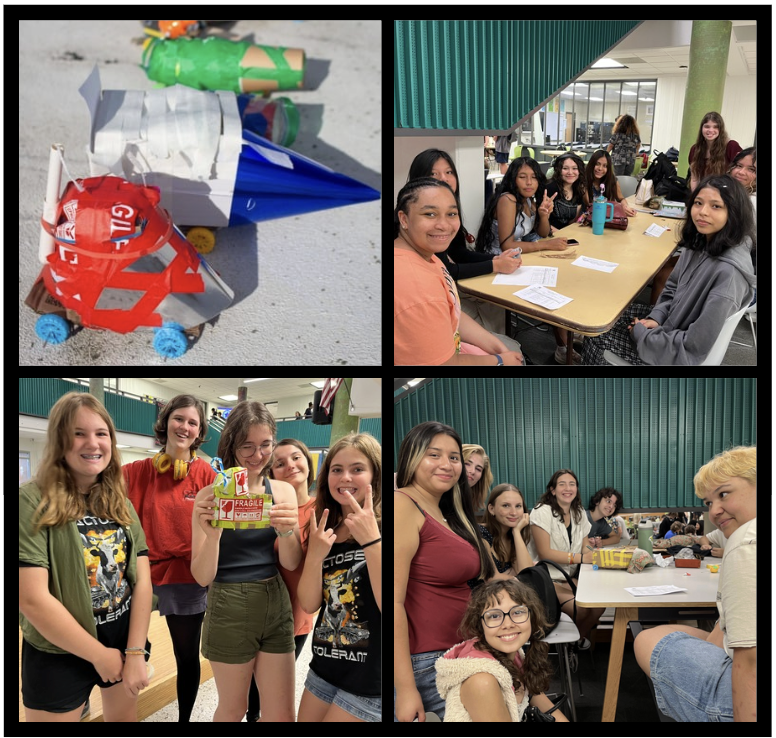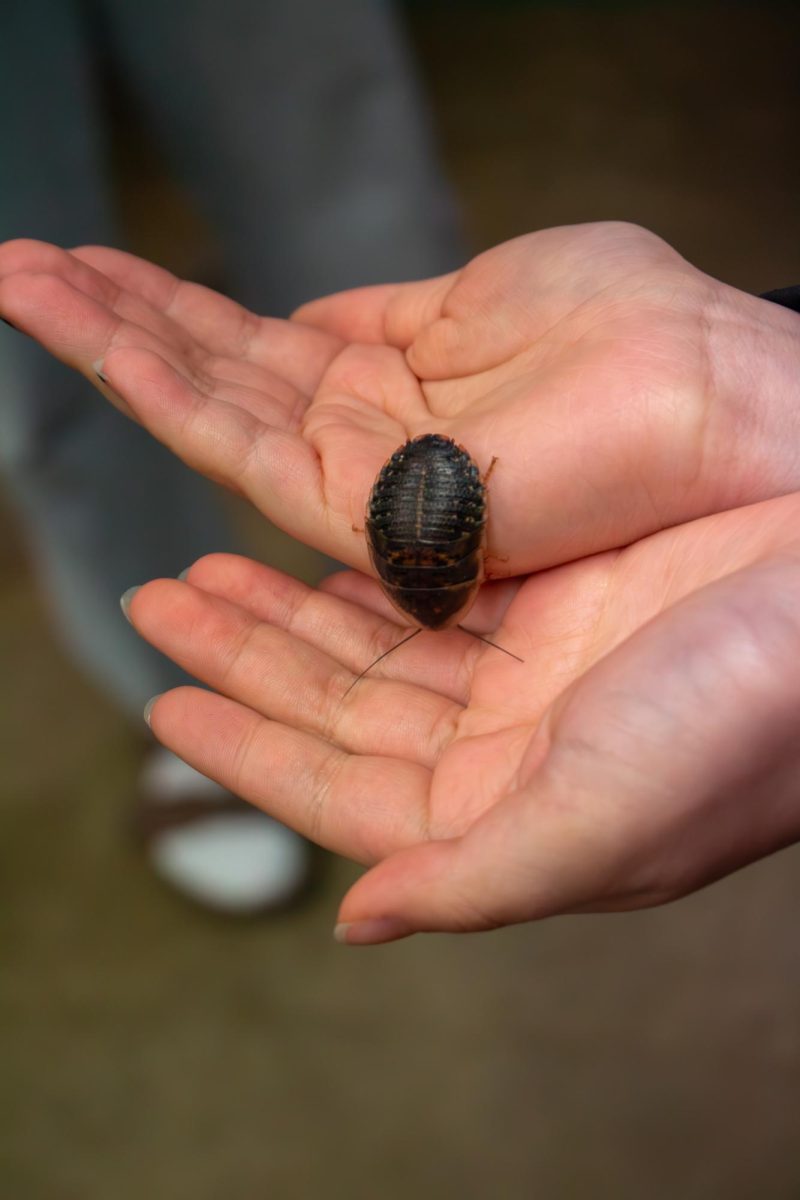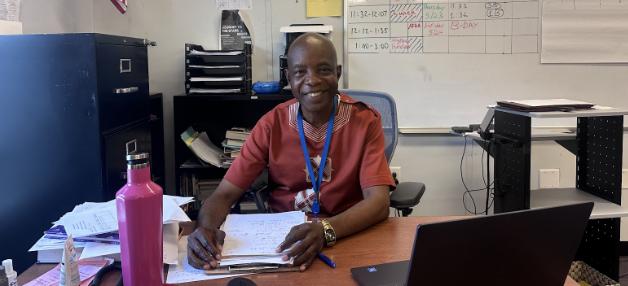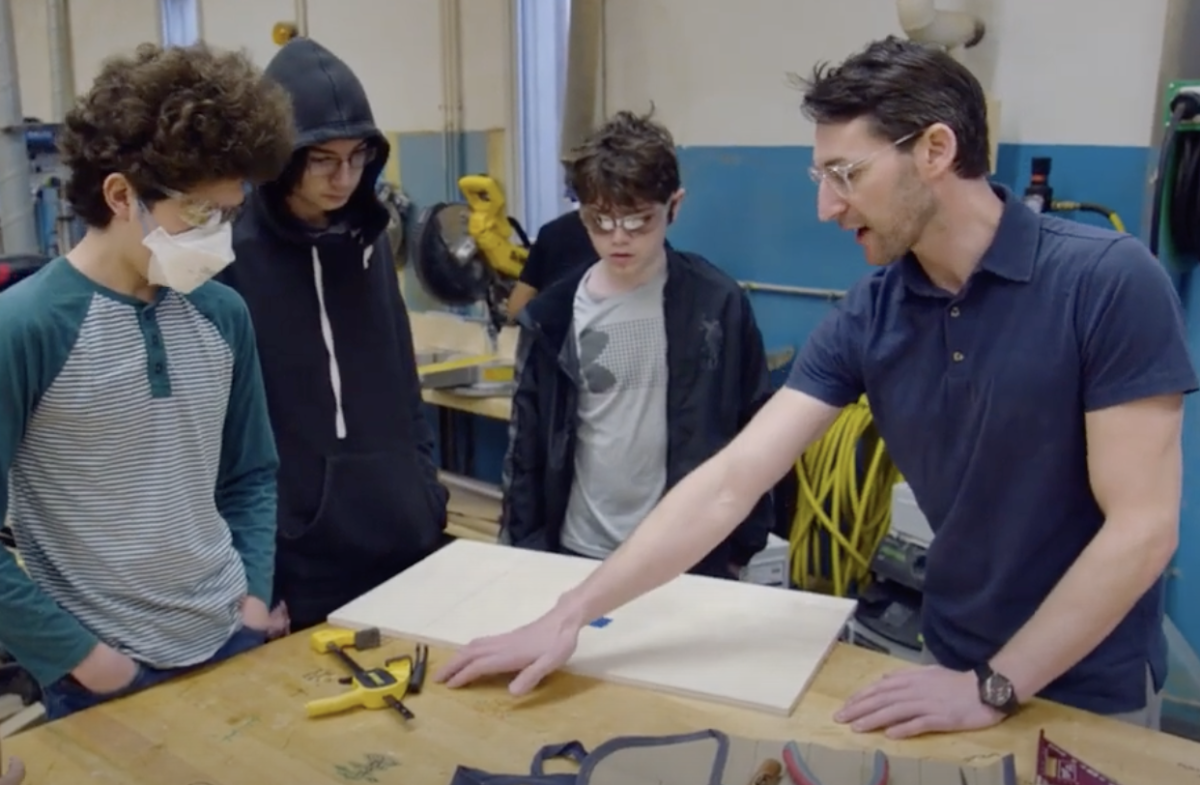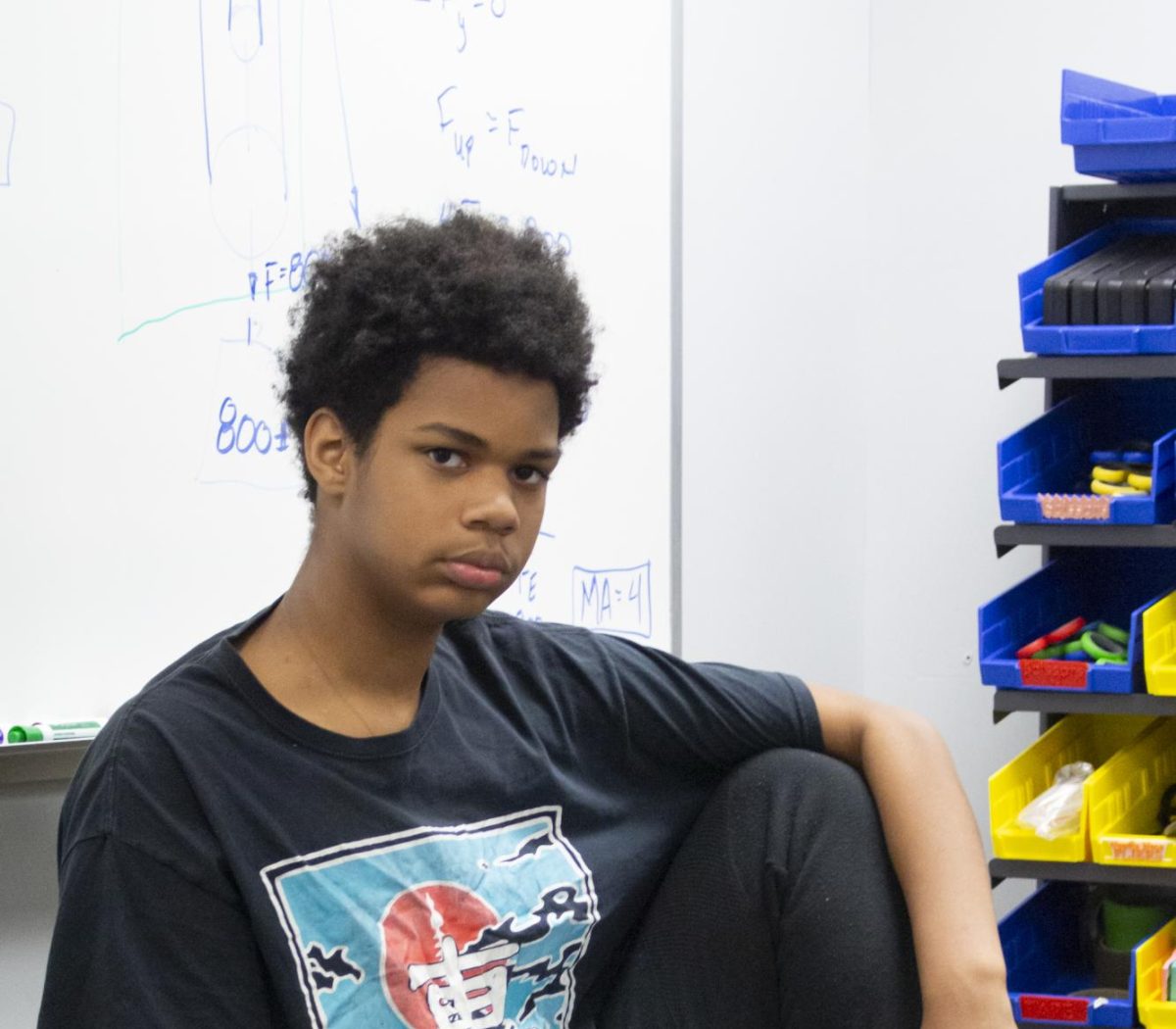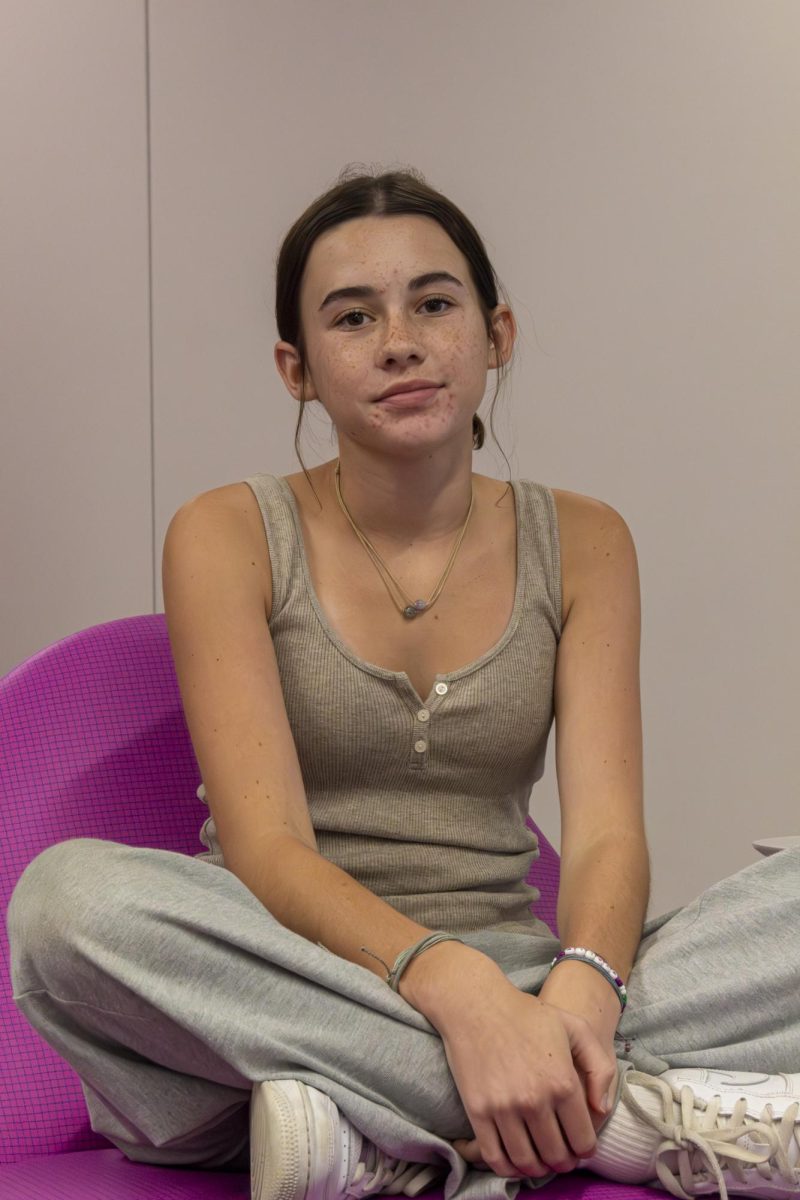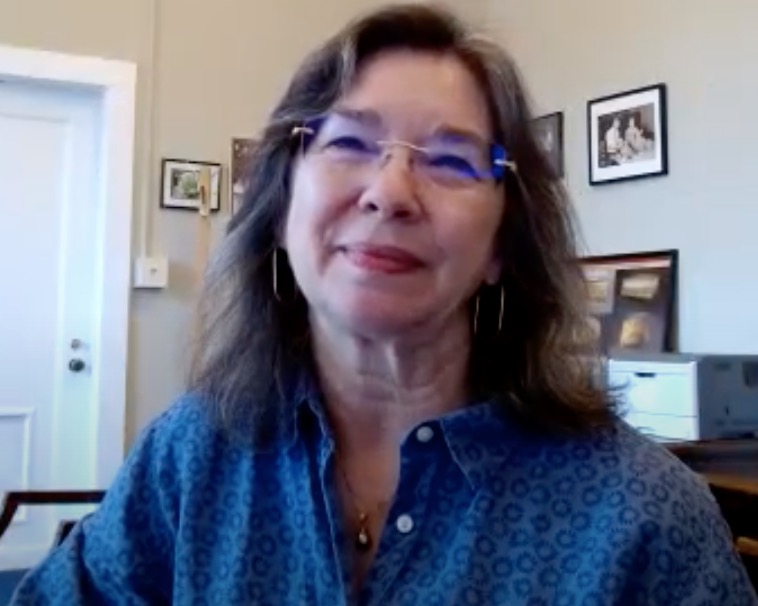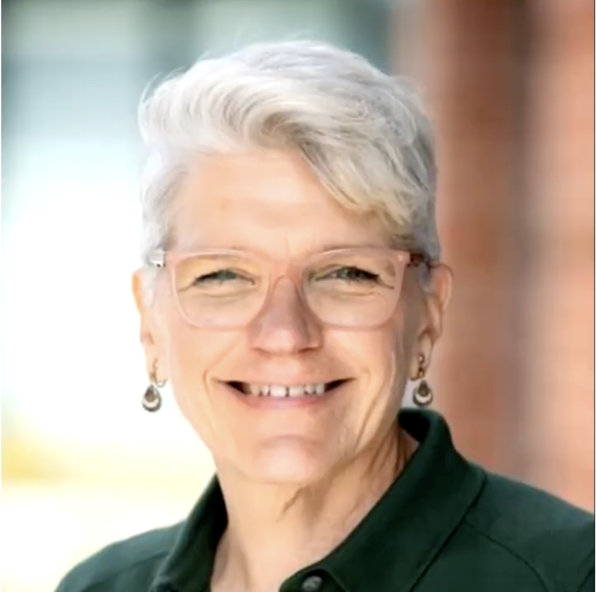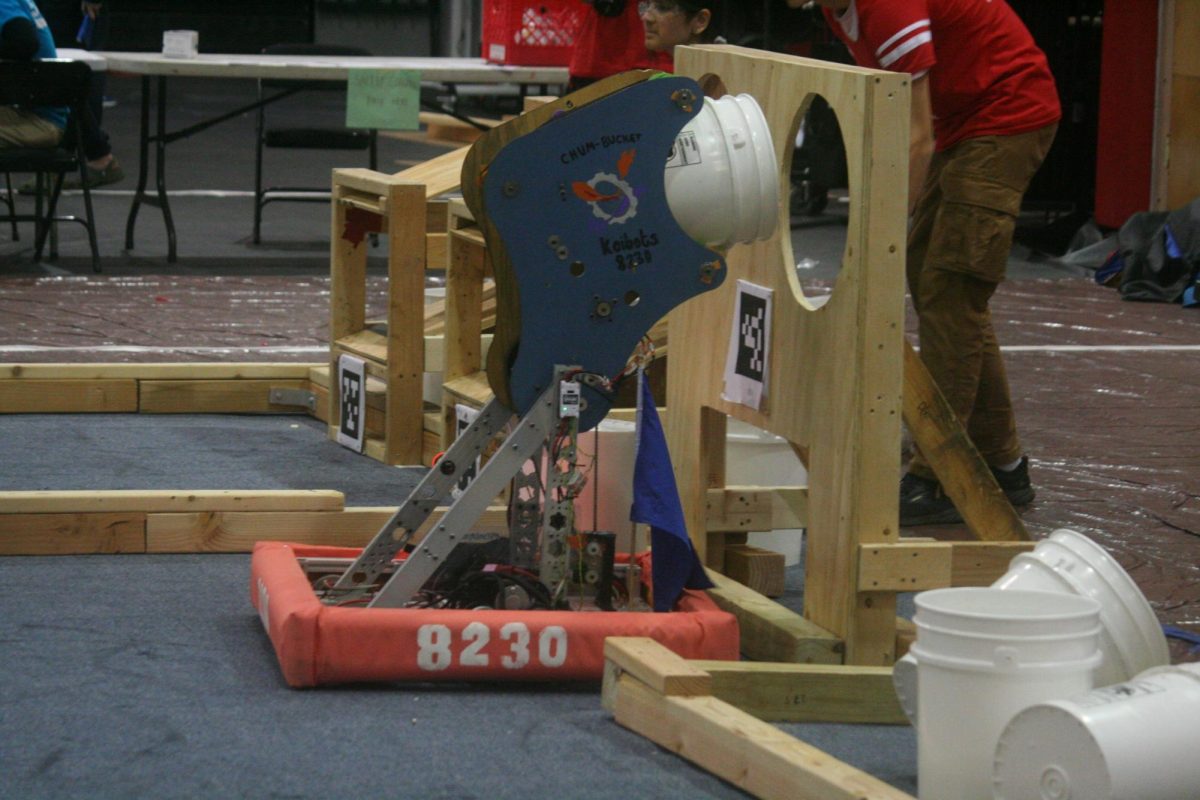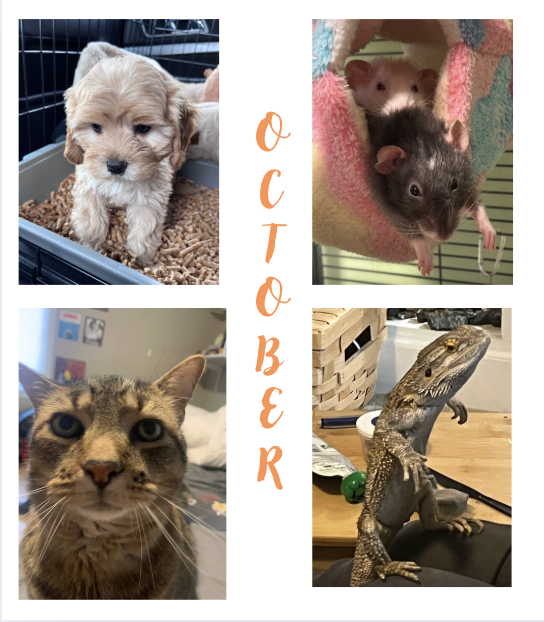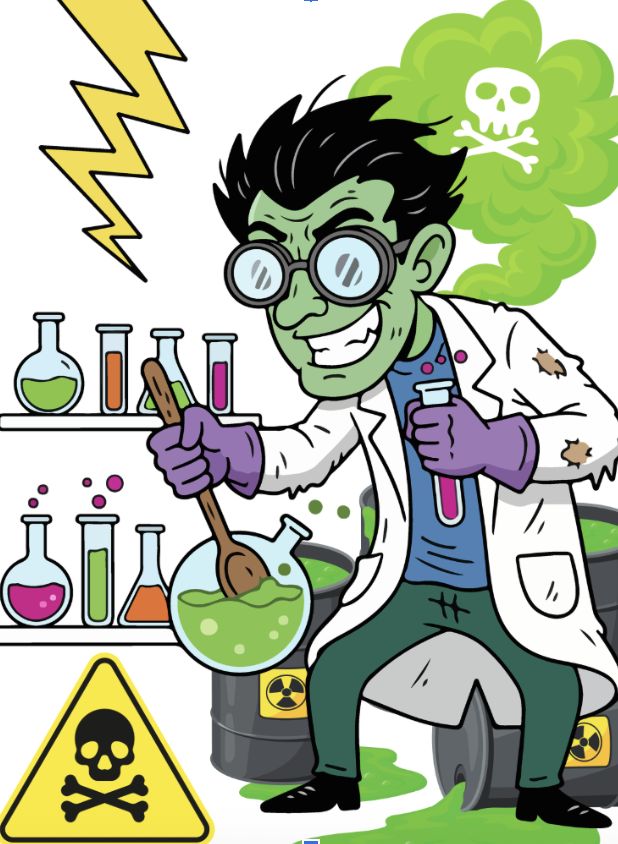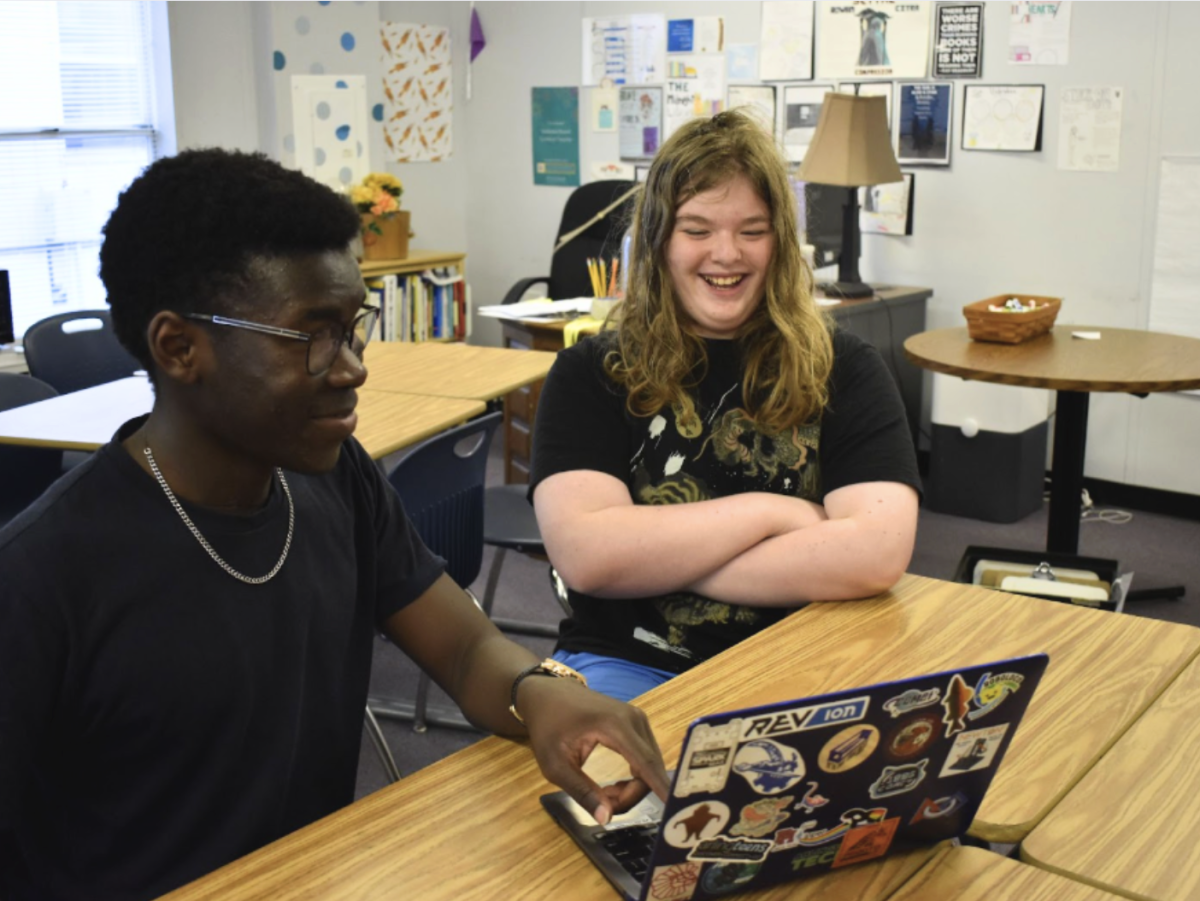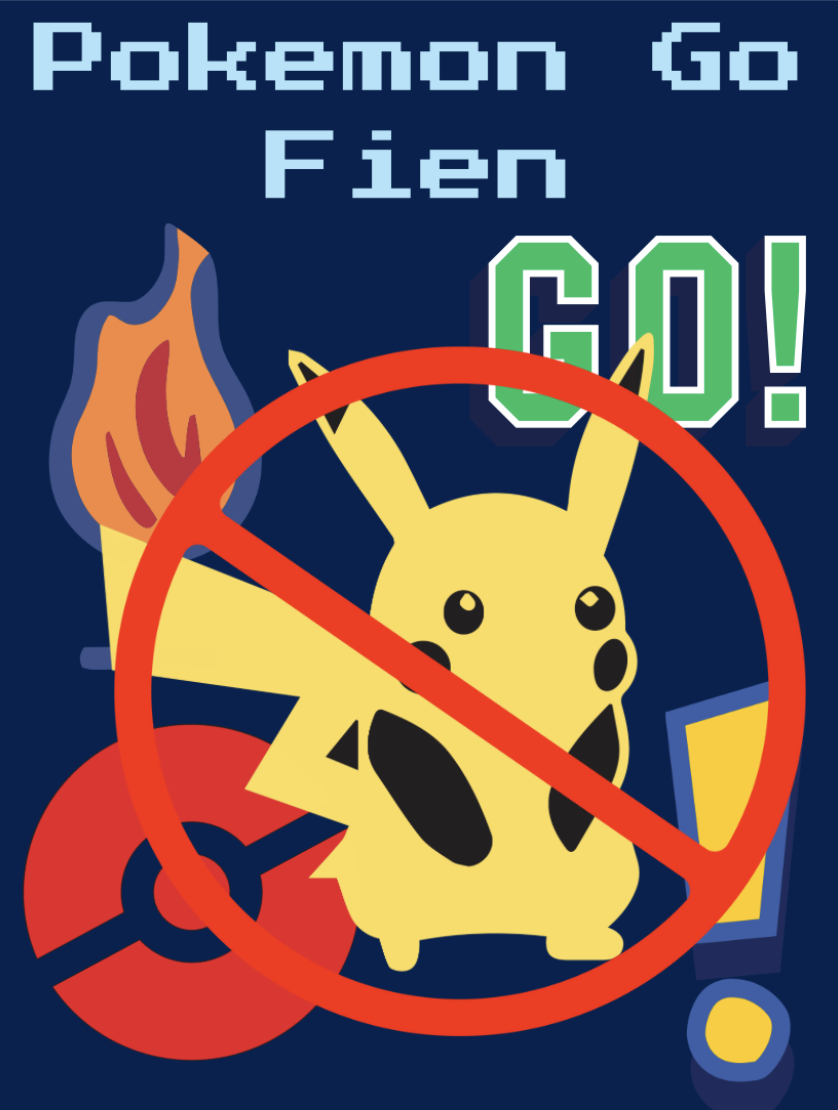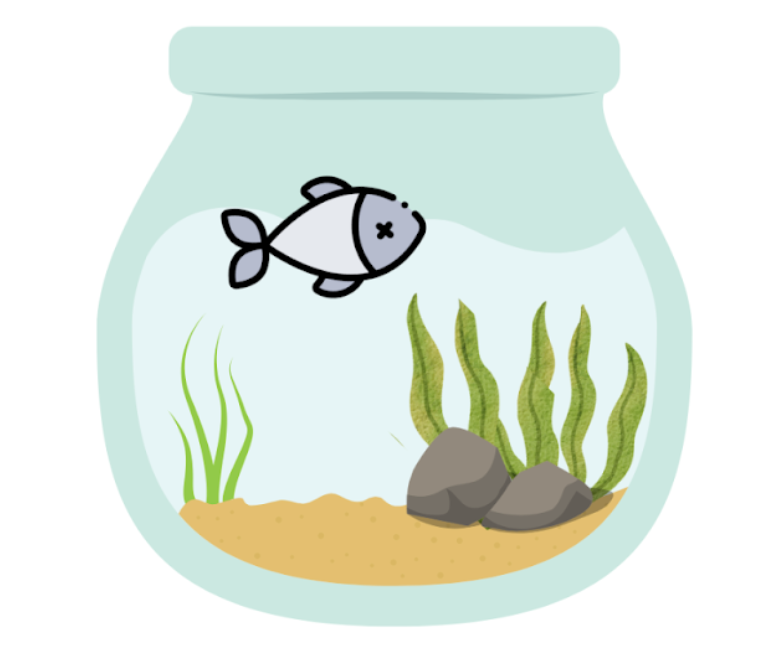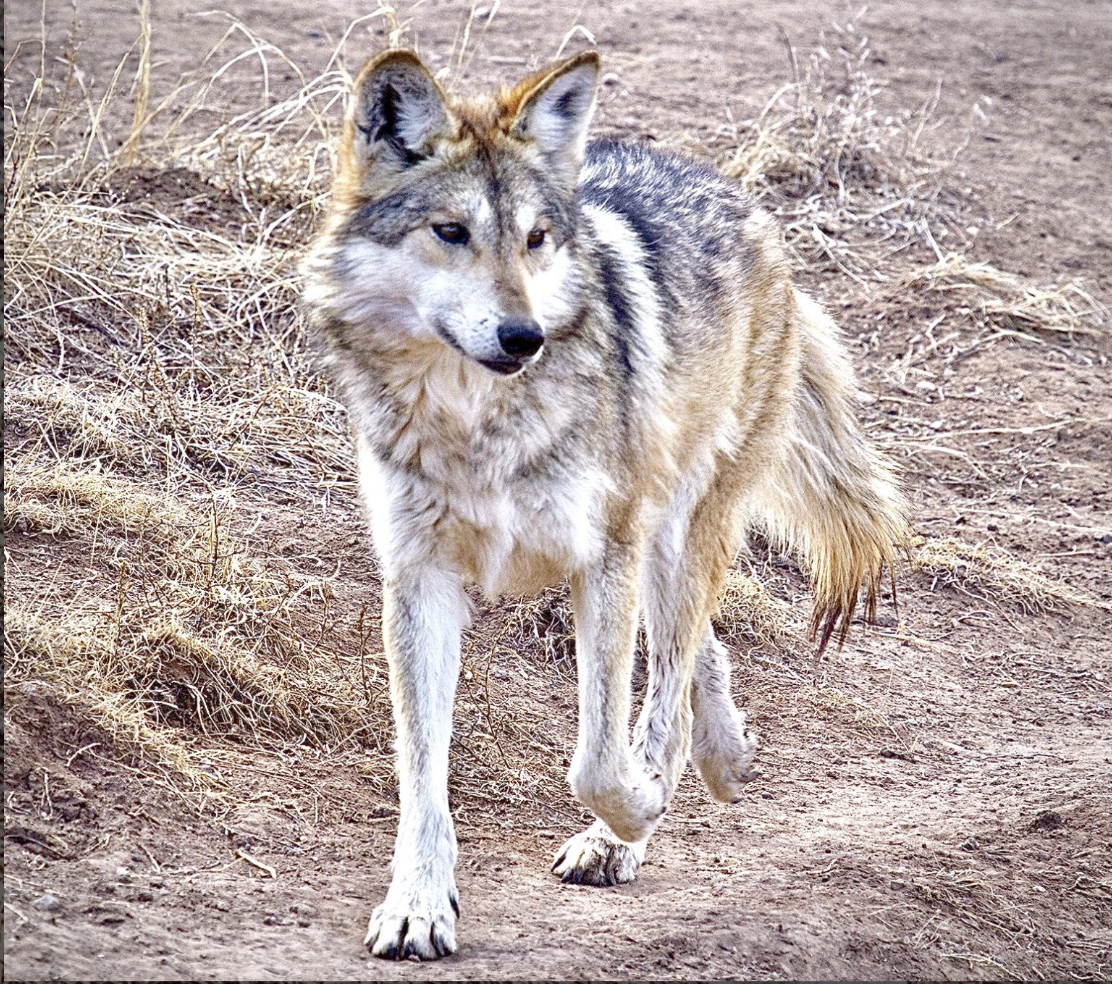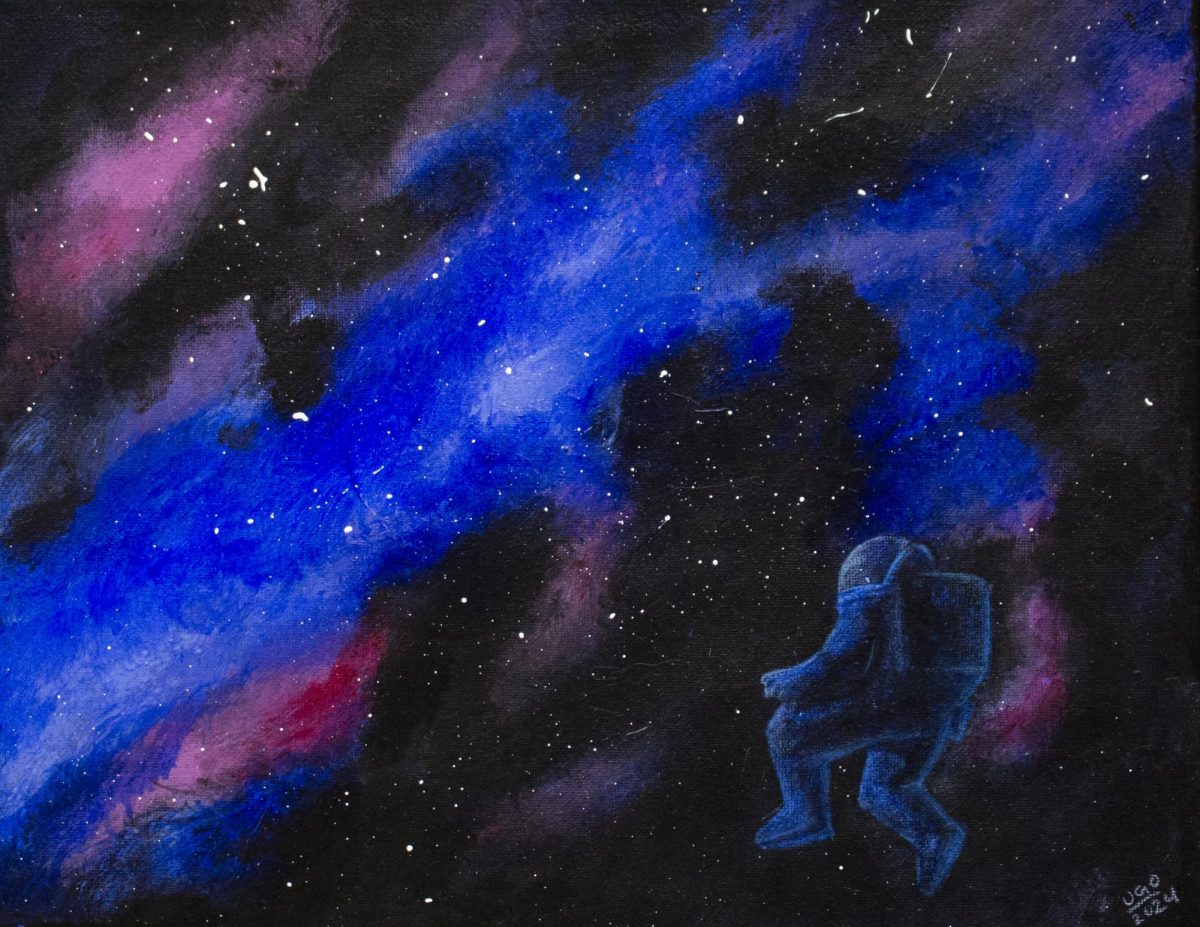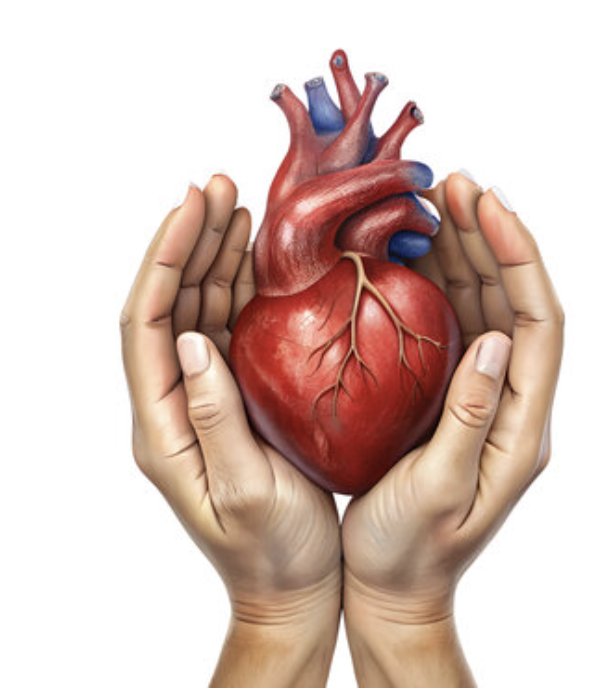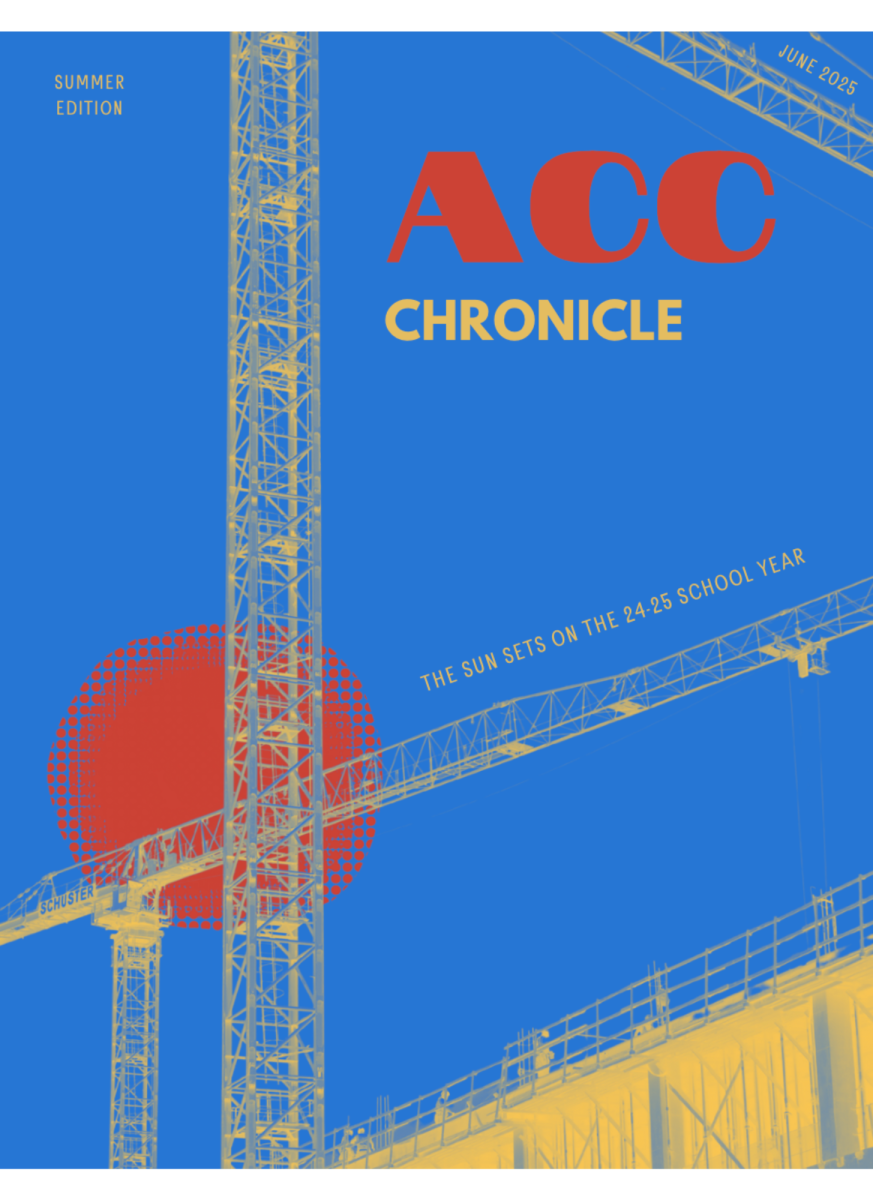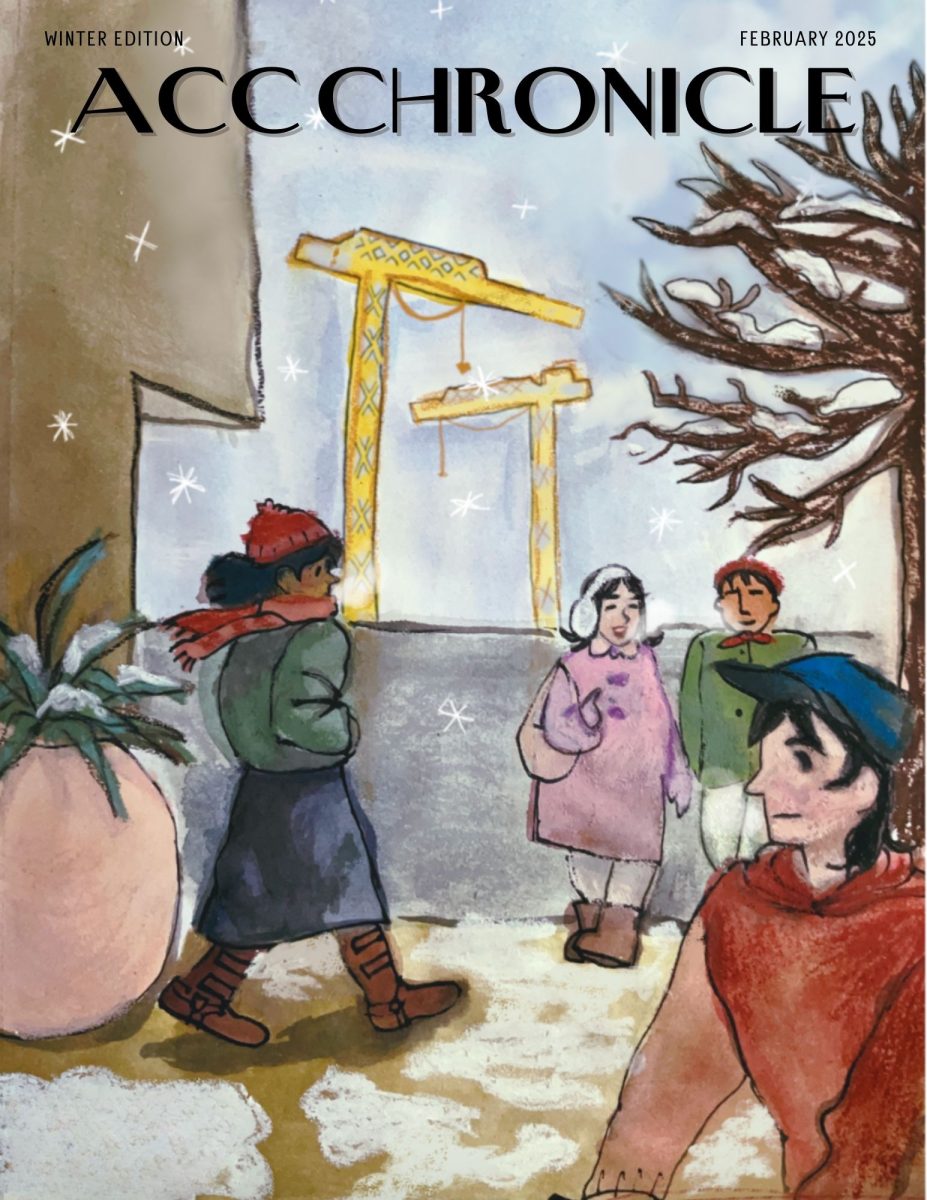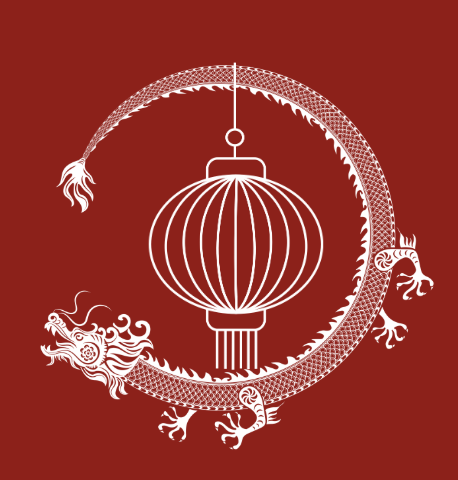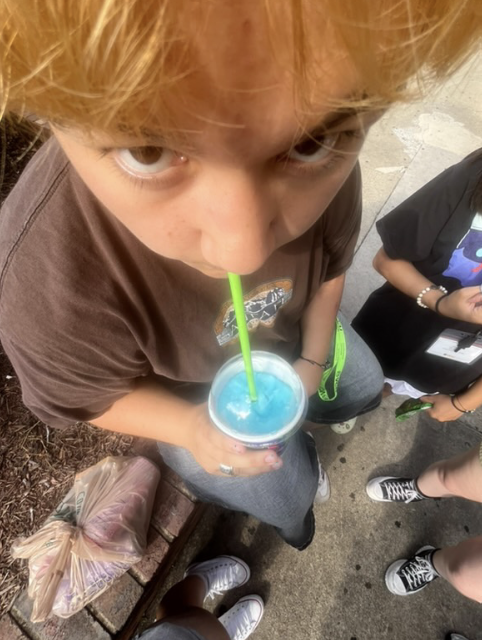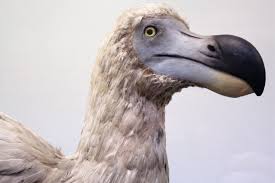
With rising temperatures and increasing pollution, humanity has begun to permanently change the environment. One of the most pressing concerns is the growing extinction rate of many animals. In a 2019 UN report, officials found that around 1 million plants and animals were being threatened with extinction. Whether due to habitat loss or climate change, losing that many species would have astronomical effects on the ecosystem and planet. Disrupting food chains and lessening biodiversity. However, with new advancements in science and technology, one company has begun to wonder if extinction is truly the end.
Colossal Laboratories & Bioscience was founded in September 2021, by entrepreneur Ben Lamm and Harvard professor George Church, PH. D., and is the world’s first de-extinction company. They aim to use genetic modification and existing relatives to extinct animals in order to bring back organisms previously extinct. Such a feat is only theoretical in its current stages, yet since founding, the company has accumulated $225 million dollars in investments from celebrities and venture capitalists alike. Colossal has several species they are looking to resuscitate within the coming decades including Woolly Mammoths and Tasmanian Tigers. Recently, “Series B” has been introduced thanks to funding by the United States Innovative Technology Fund (“USIT”). With it, the series introduced the Avian Genomics Group with plans to revive the infamous dodo bird.
The dodo bird is one of the most well known extinct species. The combination of its funny appearance and its relatively recent extinction by humans have made it quite the talking point. Colossal plans to use the genomes of the bird Rodrigues Solitaire, the closest genetic relative to the dodo, as a place to study the genetics of the deceased bird. From here, the Nicobar Pigeon, the closest living relative, despite genetic differences, will have its cells modified to match that of the dodo and become the carrier for the final egg. After gaining an understanding of avian genetics using chickens, who are good candidates for early testing thanks to their large population size, researchers will use that expertise to modify genomes. Using Clustered Regularly Interspaced Short Palindromic Repeats (CRISPR) and other technologies, scientists then must ensure they can reliably and quickly create enough of these new dodos to ensure the survival of an entire species.
Many challenges arise from this plan, especially in the nature of the dodo bird. As it is an avian, there has been less research done on the dodo’s genetics and reproduction. In addition, its close relatives are not common birds, with the Nicobar Pigeon being classified as near threatened and the Rodrigues Solitaire is already extinct. With a lack of opportunity for extensive testing, it is difficult to ensure success when introducing an actual dodo bird. And that final species needs to be planned carefully, as the ecological harm an invasive species can do to an ecosystem could be substantial. Much thought has to be used to see that no existing organisms are harmed due to the dodo’s introduction, and also that the bird is able to survive. With the changes in environments and introduction of pollution, much has changed since the dodo first went extinct. Making sure they have enough of a population to grow and reproduce, without human interference, is essential to keeping them around. The goal is to make sure dodos are back to stay, and not a waste of millions of dollars.
As much time and money have been invested into its project, Colossal is bound to be the subject of much attention and criticism. Many have taken issue with the choice to focus on the dodo specifically as opposed to a more recently extinct or currently endangered animal. Whilst the dodo is well known, it has been extinct for centuries and its habitat of Mauritius only has 2% of its original vegetation. Ecologists have pointed out that such a drastic change could lead to massive ecological damage when the risks are greater than the benefits. Others have pointed out the lack of scientific contribution the dodo has on the field. A paleontologist at the University of Bergen, Hanneke Johanna Maria Meijer, says, “The results listed by Colossal so far appear interesting and, if real, can be used to really help threatened species, but you don’t need a living dodo to do exactly that.”
It is remarkable how far technology has come that we are even able to conceive of such an idea like de-extinction. Yet this raises questions of what the best use of new technologies truly is. And with the current state of scientific research requiring so much money and publicity to be successful, is the focus on the dodo truly helpful in the long run? Or is it just a way to drum up excitement for later applications of the same technology?

